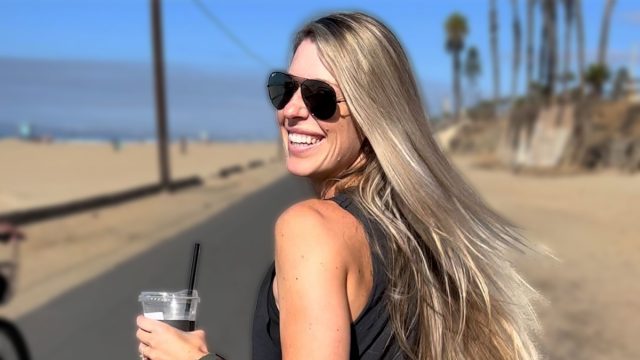Fitness Coach Reveals 6 Low-Calorie Protein Foods She Eats Every Day
Do you need to add more protein to your diet but still want to lose weight? Caitlin Wilson is a fitness coach whose mission is helping "women over 30 lose 20+ lbs. without cutting," she writes in her Instagram bio. In a new video, she reveals a few of her go-to meals that help her meet her protein goals but add very few calories. "When I need more protein without extra calories, these are 6 things I eat," she writes across a video of herself shopping at the grocery store.
Chicken Salad
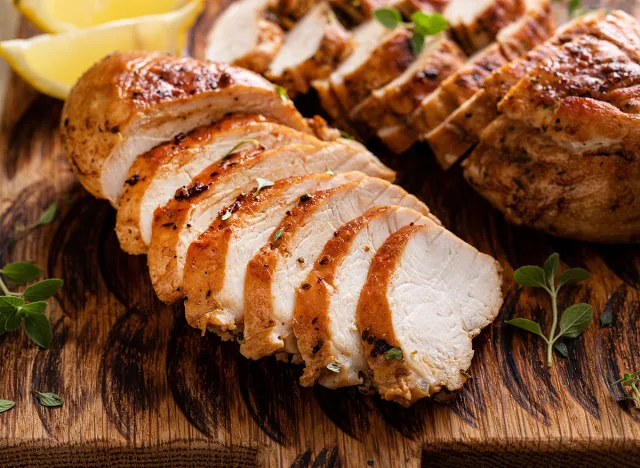
Her first go-to meal is chicken salad with Greek yogurt. She makes it with 4 oz. cooked shredded chicken and added 40G 0% Greek yogurt, 30 grams of celery, and green onion. The grand total? 145 calories and 29 grams of protein. "Optional to add cranberries and sliced grapes," she says in her post.
Turkey Roll
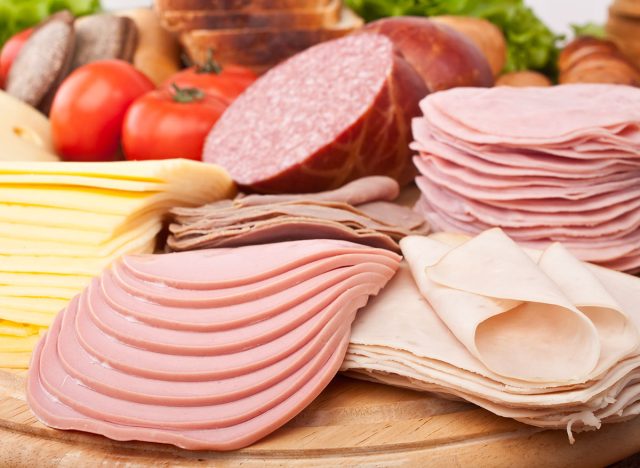
Her next low-calorie meal? Turkey rolls. She uses 3 oz turkey and rolls it up with pickle and mustard. The 95-calorie snack boasts a whopping 21 grams of protein.
Shrimp Cocktail

She also enjoys shrimp cocktails. She makes it with 3 ounces of shrimp with 1 tops them with 1 tbsp cocktail sauce. The meal is 15 grams of protein and just 110 calories.
Egg White Bacon Burrito

A great breakfast idea? Egg white and bacon burrito. She starts with three pieces of 97% fat-free Canadian bacon, adds 150 grams of egg whites, and wraps it in a low-carb tortilla. The meal offers a whopping 35 grams of protein and just 227 calories.
Tuna with Lettuce and Pickles
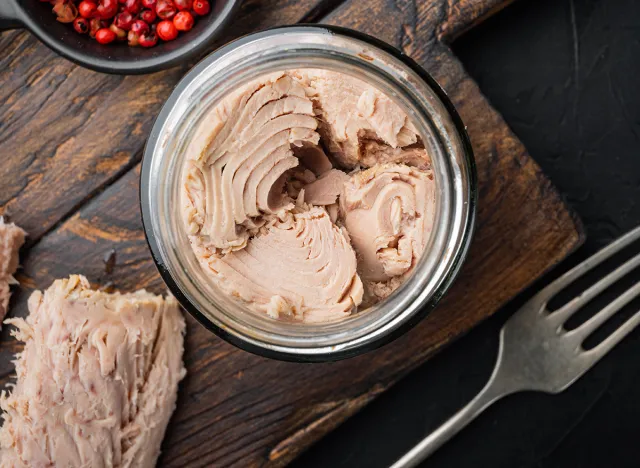
A super easy, low-calorie, high-protein meal idea? Four ounces of Tuna with lettuce and pickles. It contains 77 calories and 16 grams of protein.
Greek Yogurt and Berries
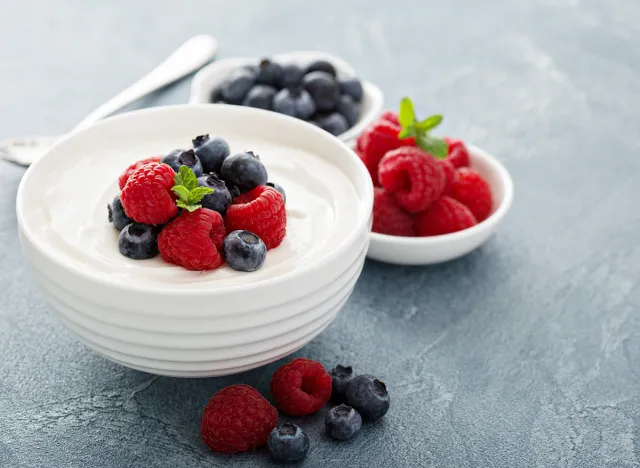
Another high-protein breakfast idea? Greek yogurt and berries. She takes 150 grams of 0% Greek yogurt and adds a couple of berries, sprinkling them on top. The meal has 16 grams of protein and 95 calories.
"Make Sure You Focus"
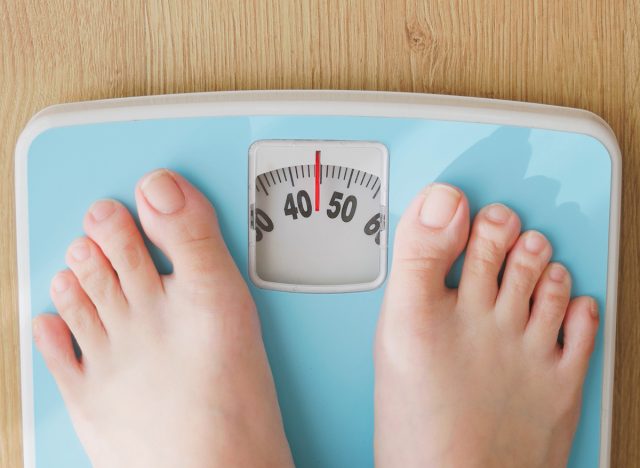
In another post, she reveals a few reasons why you might not see the numbers on the scale despite exercising. Reason number one? "You're not focusing on progressive overload. You work out without a plan and do a little bit of cardio and machines. Maybe a fun workout class," she says. How to remedy it? "Do more reps or weight than you did last week," she says. Also, "Make sure you focus on tempo and that your form is correct."
You're Not Eating in a Calorie Deficit

The second reason? "You're not eating in a calorie deficit," she says. "Maybe you're eating 'healthier' meals, but you might be having incorrect amounts of food to lose weight," she says. Here is what to do instead. "Keep an eye on sneaky calories like oils and processed foods. They are okay in moderation but can add up," she says. "Track your food to see how much you're eating. It's not a forever thing but a helpful tool to learn about your eating habits and the value of food."
You're Not Eating Enough Protein
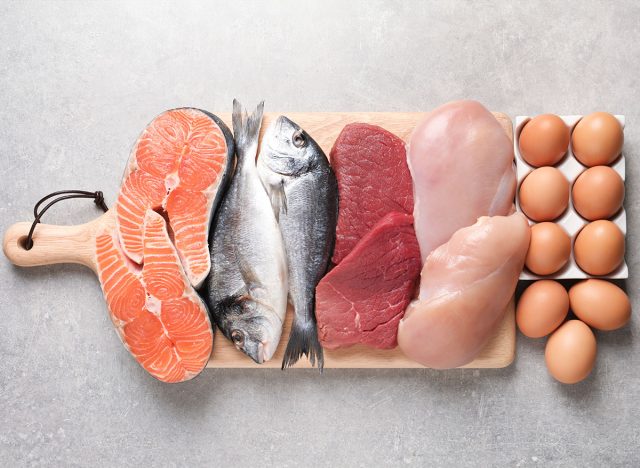
The third reason is you're not eating enough protein. "For your body to make changes, you need to have enough protein so your muscles can repair and sculpt your body," she says. "A good place to start is 100G of protein, although most women do need more. Shoot for 30G of protein per meal," she writes. If you fall short on protein, take whatever protein sources you're currently eating and double it (chicken, turkey, white fish, extra lean ground beef, etc)." And if you enjoyed this article, don't miss 12-3-30 Walking Method: 20 Proven Tips to Lose Weight Faster.
